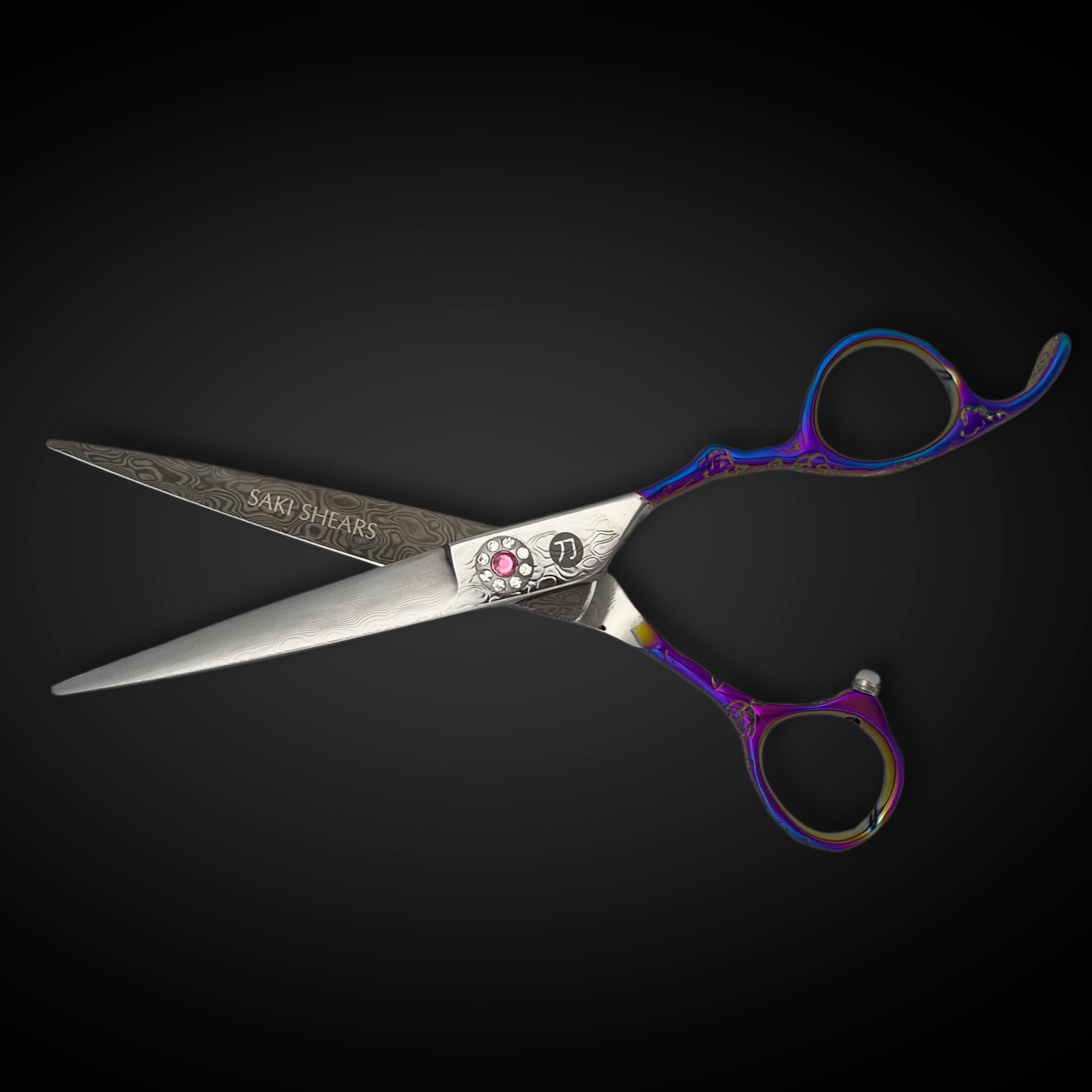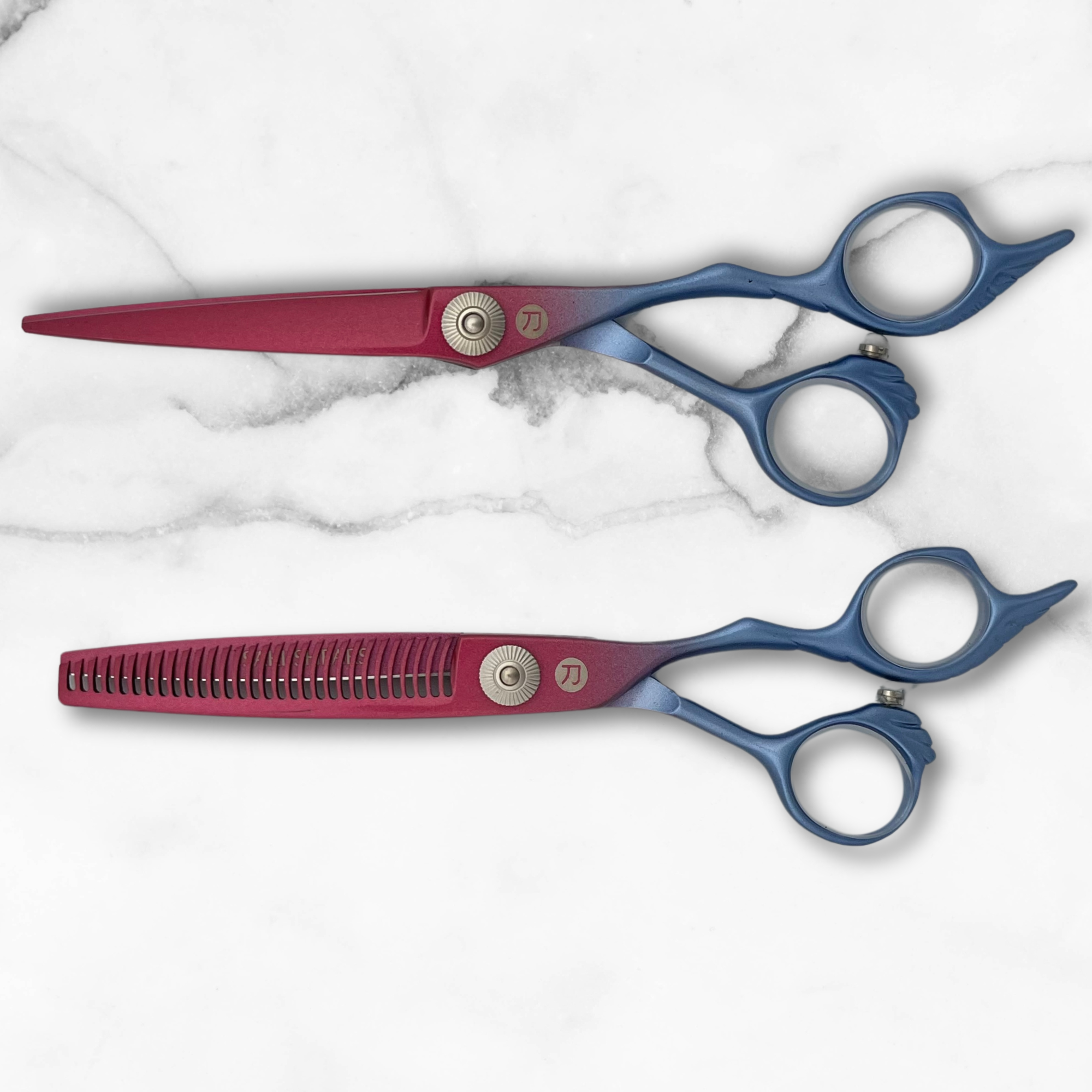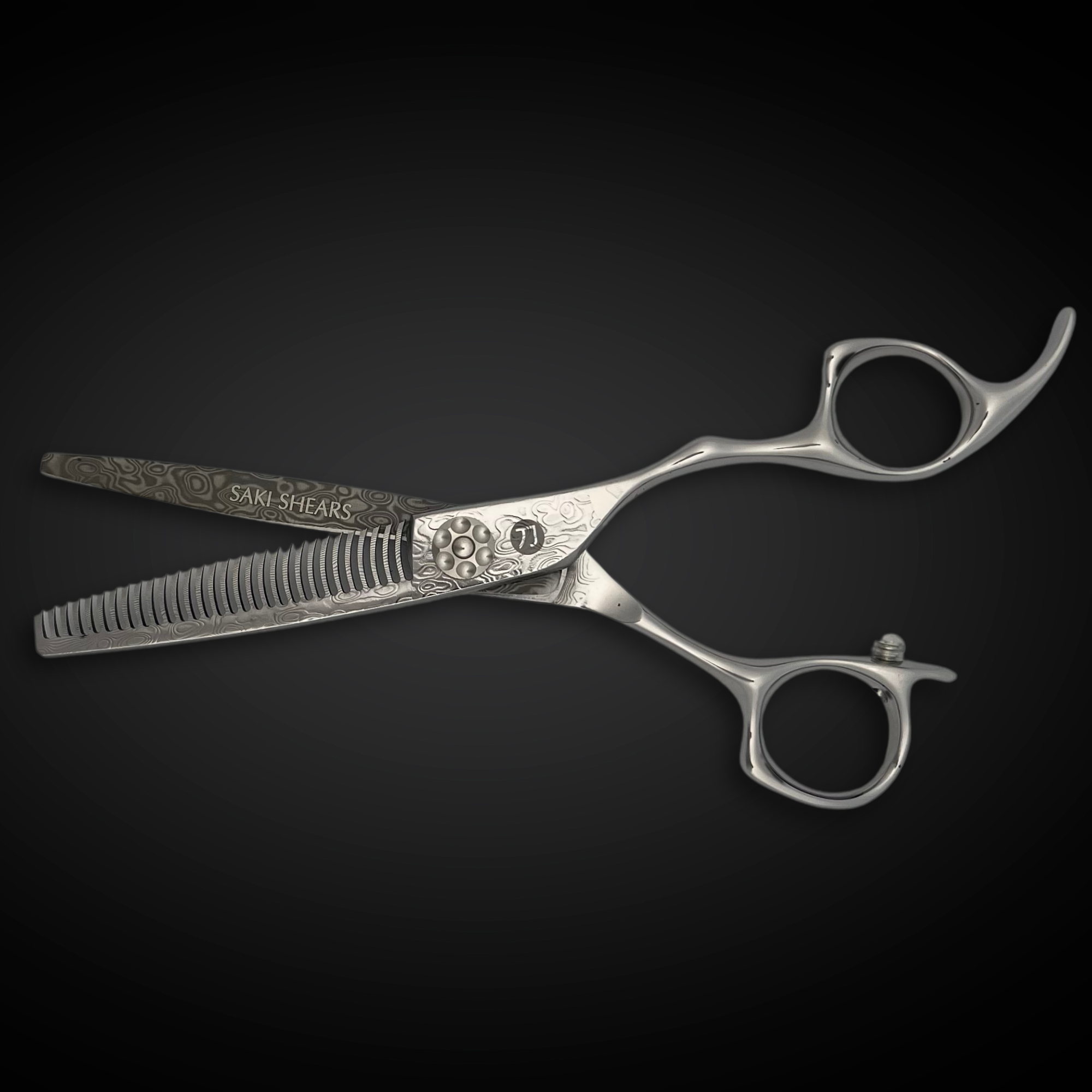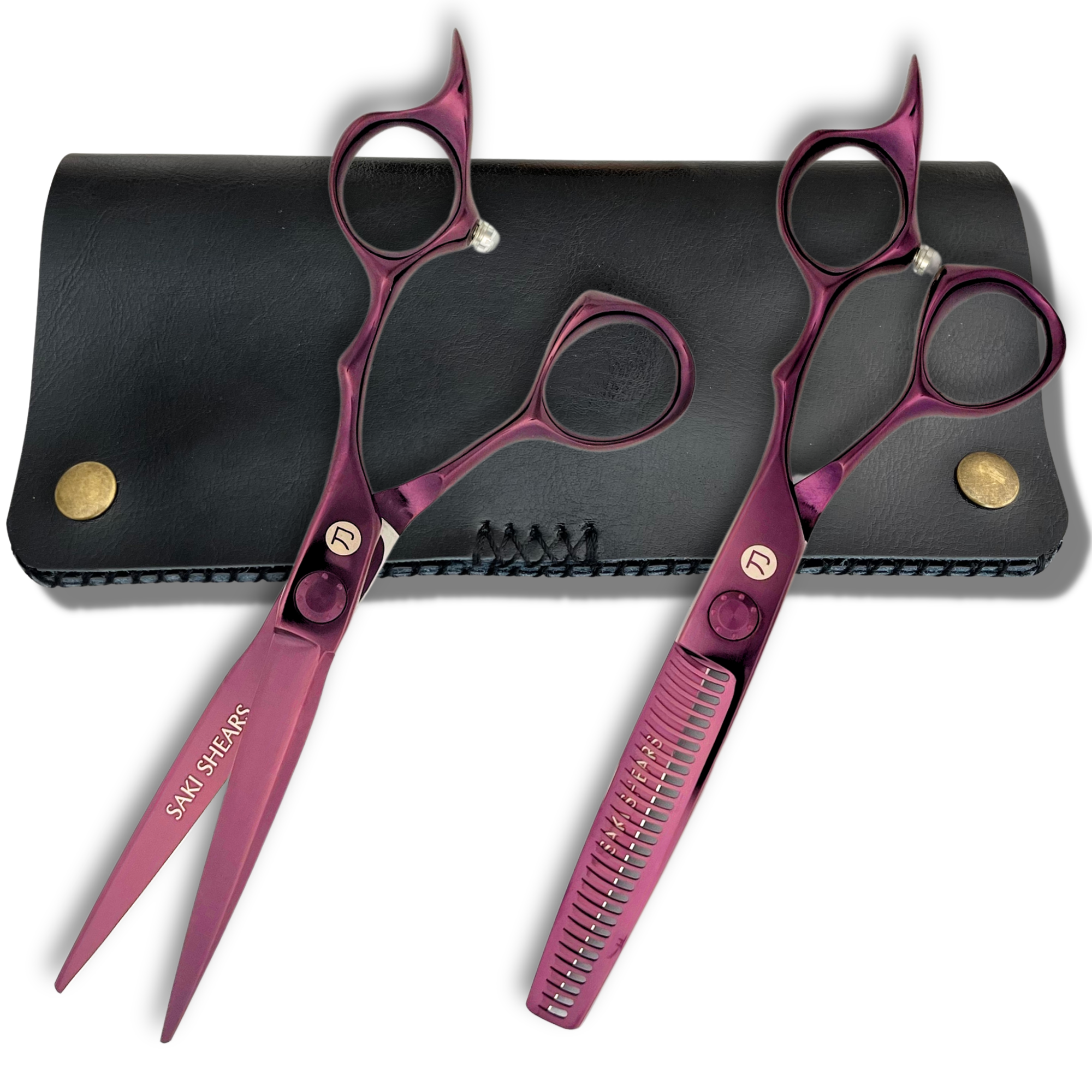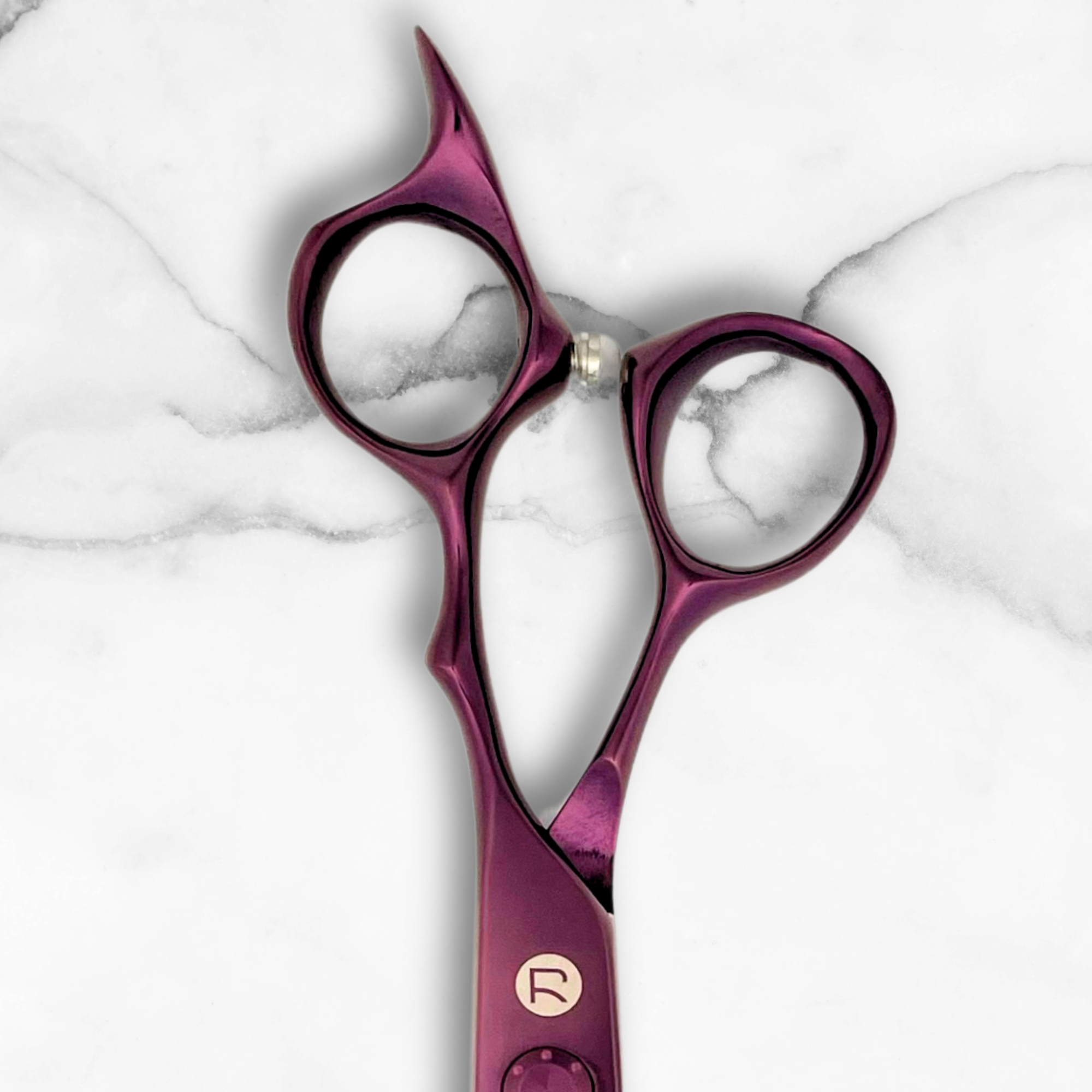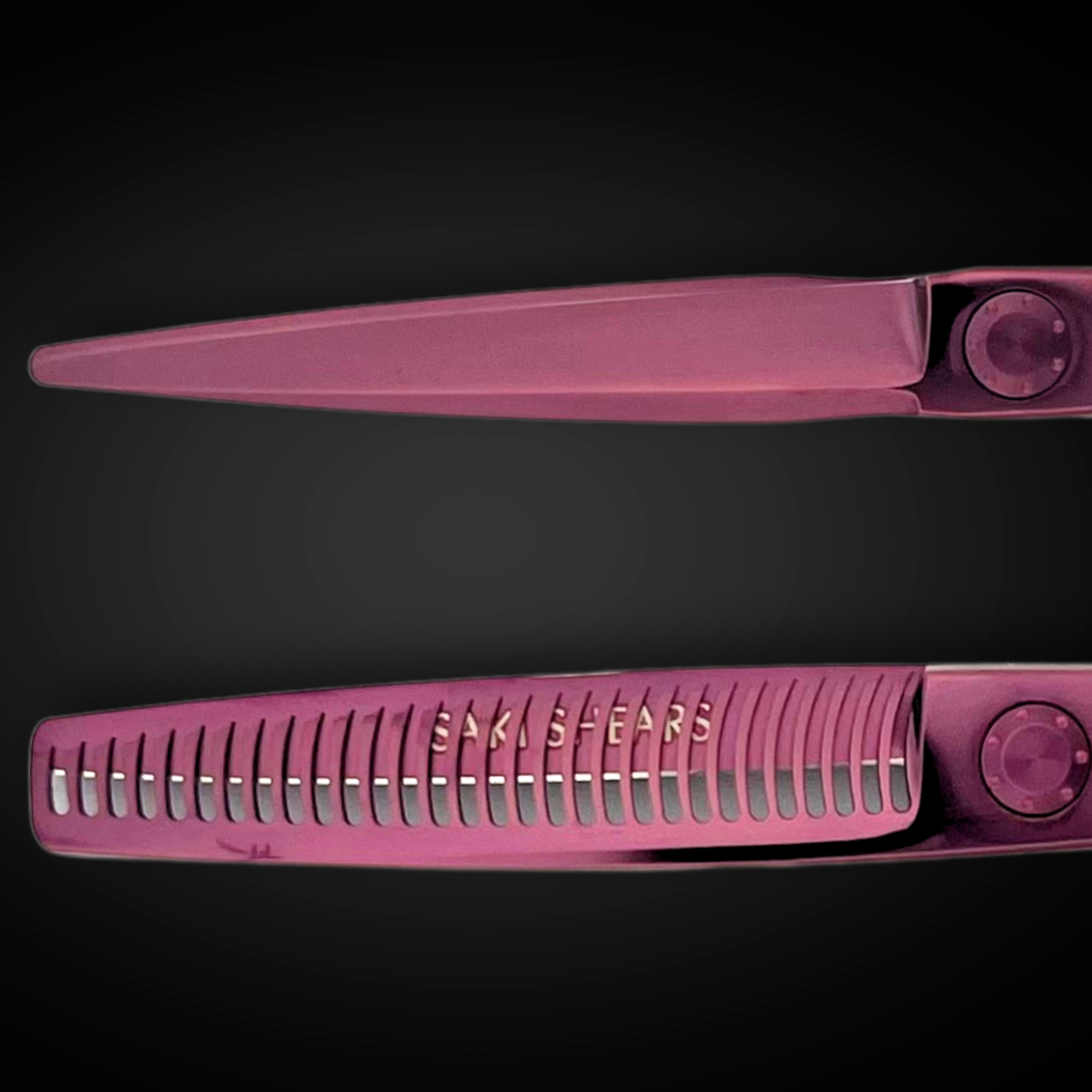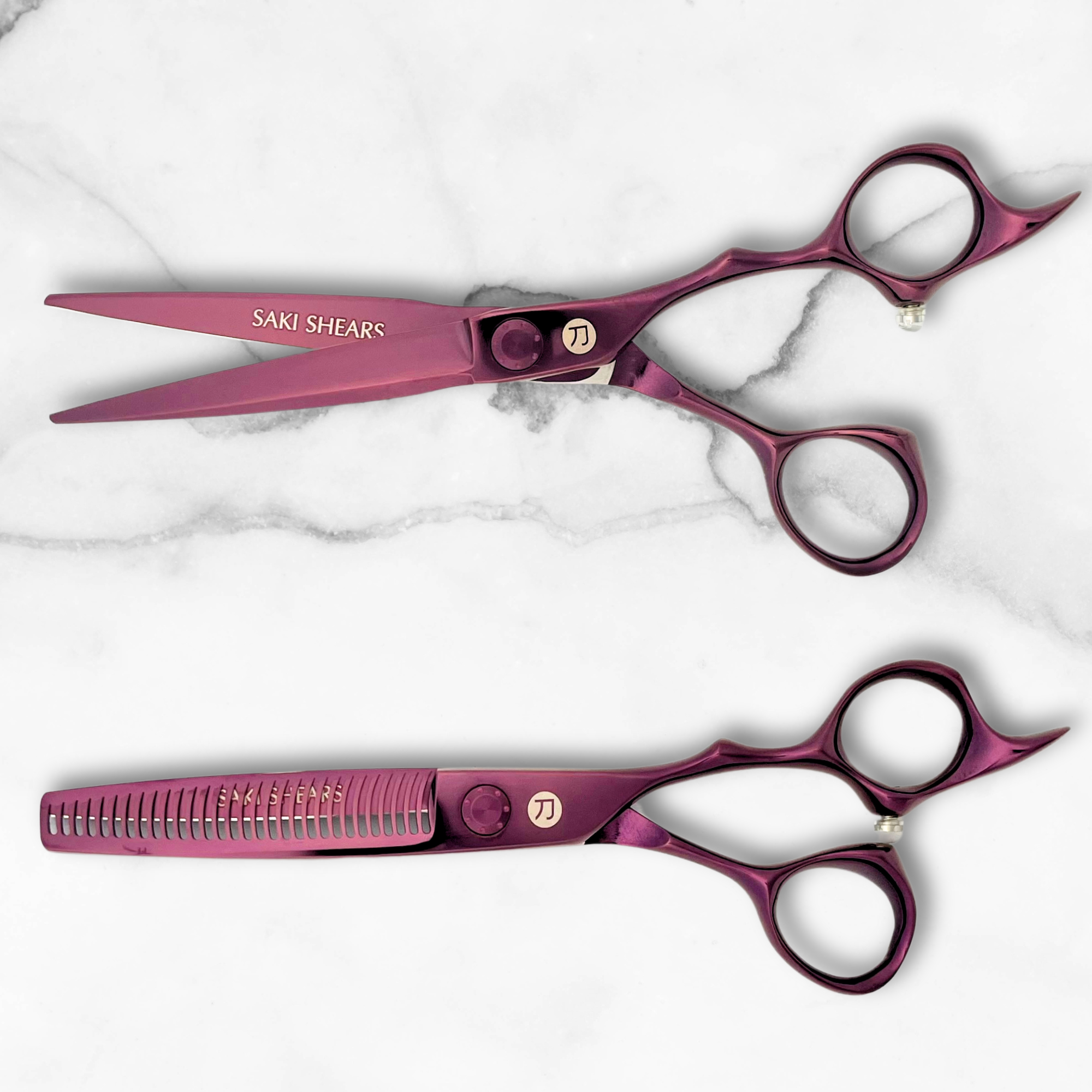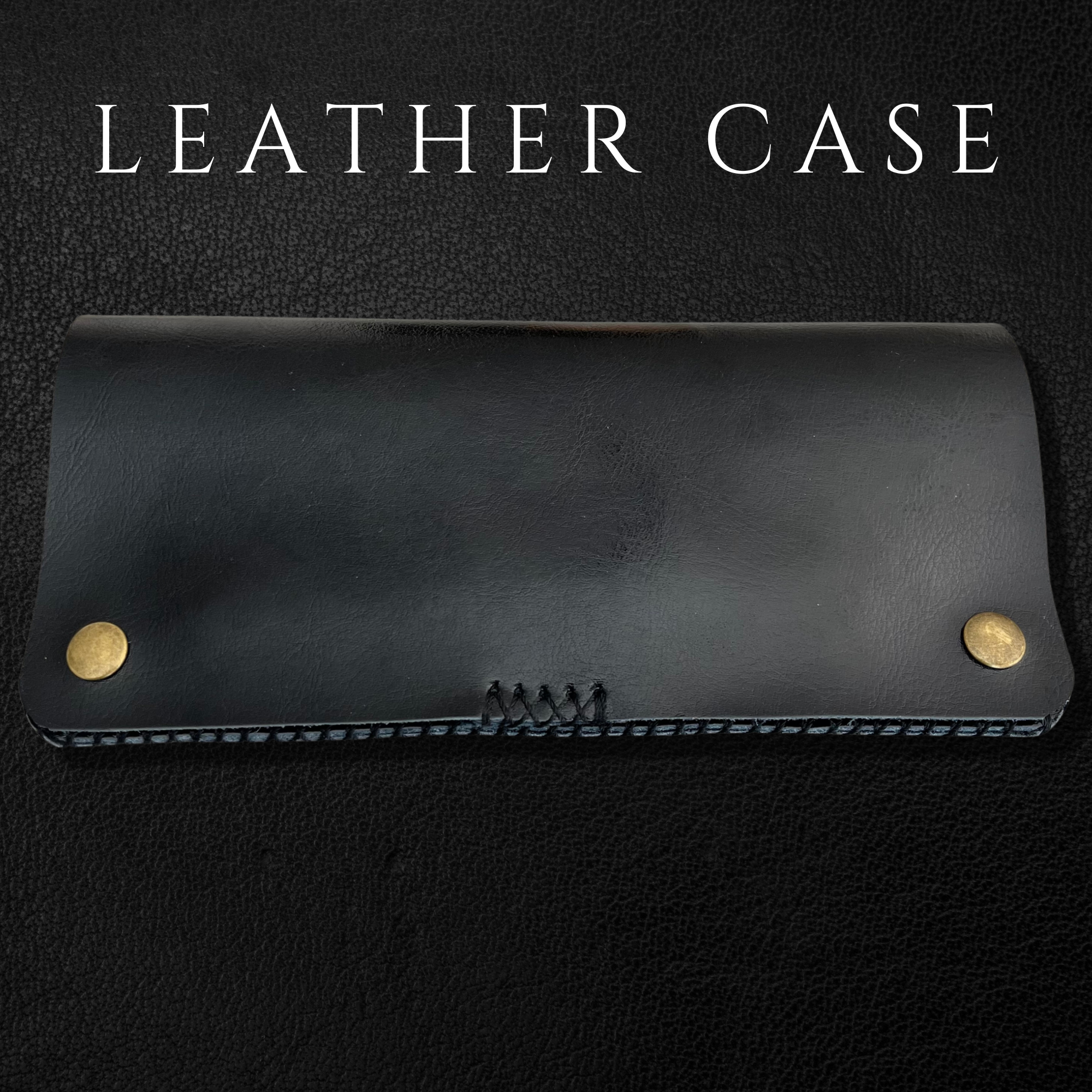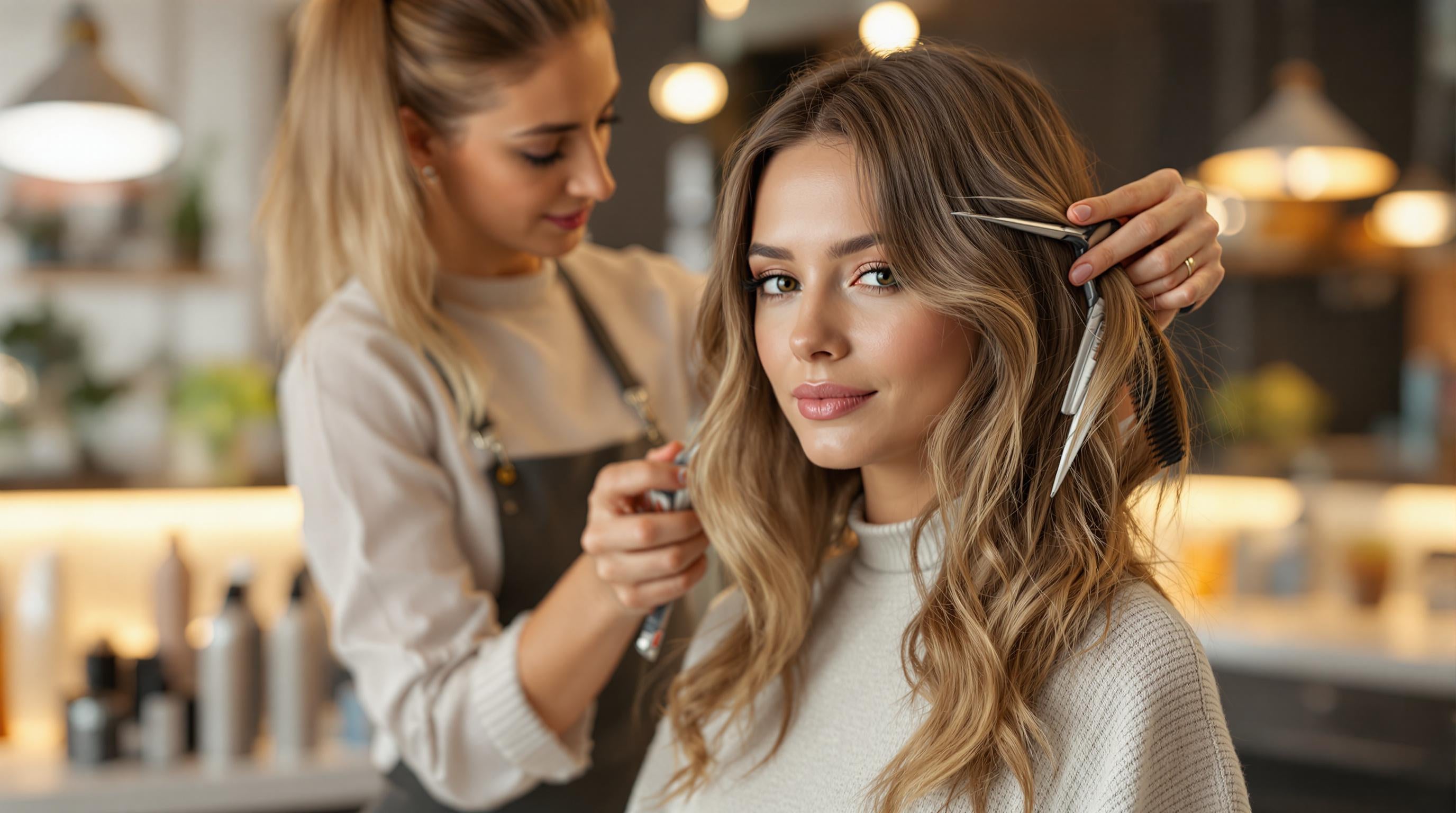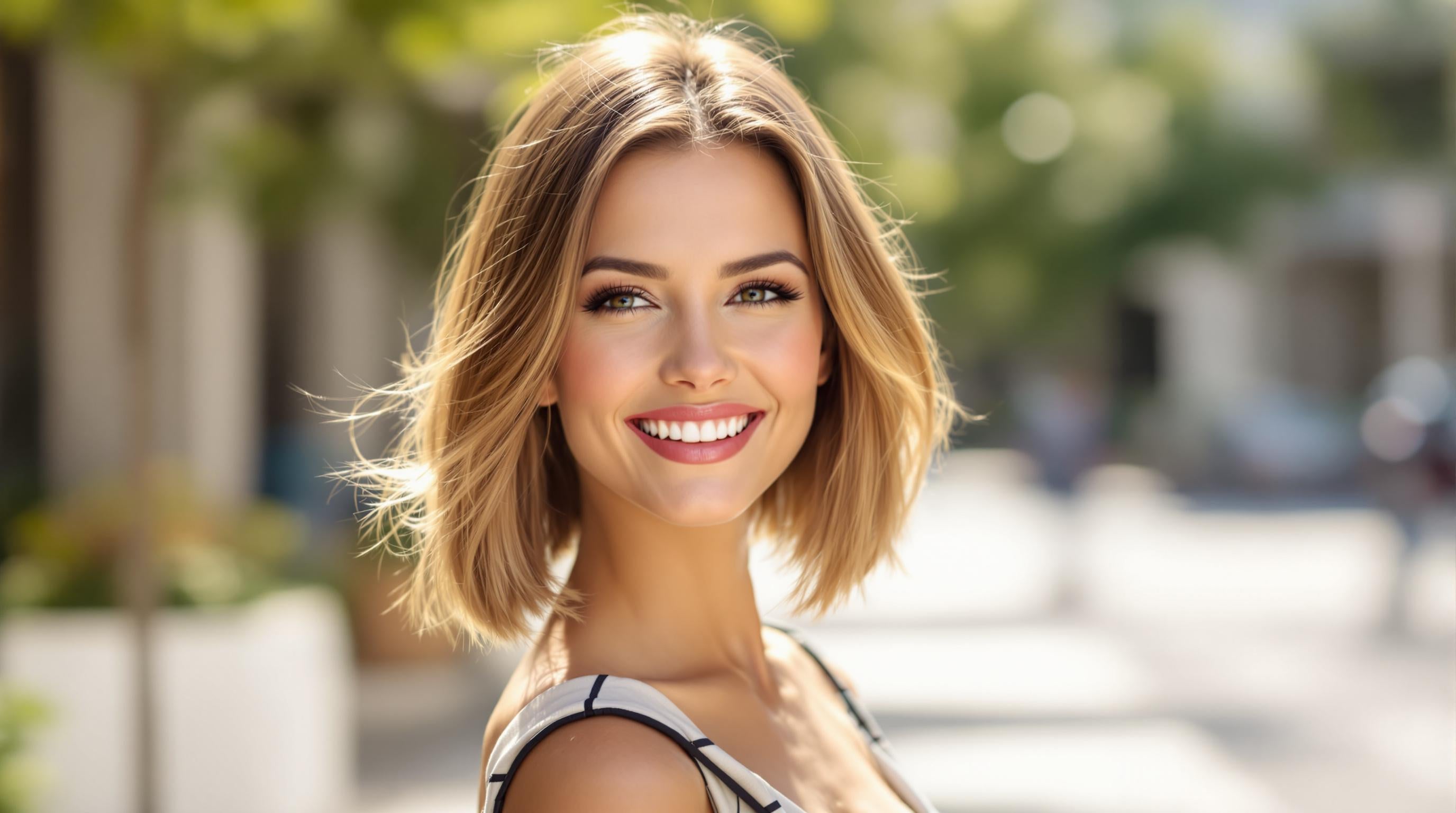How to Cut the Birkin Bangs Haircut
Birkin Bangs are soft, feathered bangs that sit at or just below the eyebrows, offering a relaxed and natural look. They suit various face shapes - round, oval, square, and heart - and work with most hair types, from straight to slightly curly. Here's a quick summary of how to achieve them:
- Tools Needed: Precision shears, texturizing scissors, fine-tooth comb, sectioning clips.
- Preparation: Wash and condition hair, then section it into a triangle aligned with the outer edges of the eyebrows.
-
Cutting Steps:
- Section and part the hair.
- Use point cutting at a 45-degree angle for a soft texture.
- Blend and refine with texturizing scissors for a natural flow.
- Styling: Blow-dry with a paddle brush and use lightweight products like texturizing spray or dry shampoo for maintenance.
- Maintenance: Trim every 4-6 weeks to keep the shape fresh.
Birkin Bangs are low-maintenance yet stylish, offering a timeless, Parisian-inspired vibe perfect for anyone looking for a soft, face-framing fringe.
Tools and Preparation for Birkin Bangs

Required Tools for Birkin Bangs
To achieve the effortless, chic style of Birkin bangs, having the right tools is a must. Precision is key, so investing in high-quality equipment is essential.
Here's what you'll need:
| Tool Type | Description |
|---|---|
| Precision Shears | Sharp blades with an ergonomic grip for clean cuts. |
| Texturizing Scissors (10-20 teeth) | Perfect for adding soft, varied texture. |
| Fine-tooth Comb | Helps with precise parting, sectioning, and control. |
| Sectioning Clips | Strong clips to keep sections neat and secure. |
Once you’ve gathered your tools, focus on preparing the hair properly to ensure a smooth and controlled cutting process.
Preparing Hair for Cutting
Start by washing and conditioning the hair to make it clean and manageable. Then, create a triangle section at the front of the head, aligning it with the outer edges of the eyebrows. Use professional-grade sectioning clips to keep the rest of the hair out of the way [4].
Adjusting for Face Shapes
Customizing the cut to complement different face shapes is crucial. Here’s how to adjust length and texture:
| Face Shape | Length Adjustment | Texture Approach |
|---|---|---|
| Round | Keep longer, angled pieces | Add texture to create a lengthening effect. |
| Square | Shorter, softer edges | Light texturizing for a softer look. |
| Oval | Standard length | Maintain balanced texture. |
| Heart | Use varied lengths | Add heavier texture at the sides. |
Hair texture also plays a role. For fine hair, go for subtle layering to keep the fullness intact. Thick hair benefits from more texturizing to add movement and reduce bulk [1][3]. Use a point-cutting technique at a 45-degree angle to capture the signature Birkin bangs look [2][4].
With the right tools, preparation, and adjustments tailored to individual features, you're set to create flawless Birkin bangs.
How to Cut Jane Birkin-Inspired Bangs and Face Frame
Steps to Cut Birkin Bangs
With your tools ready and hair sectioned, it’s time to start the cutting process.
1: Sectioning and Parting
Begin with clean, damp hair, and create a precise center part. Divide the front triangular section into three smaller sections:
- Center: Around 1 inch wide
- Left side
- Right side
Use sectioning clips to secure the rest of the hair, keeping your workspace tidy and organized.
2: Adding Texture with Point Cutting
Hold the hair at a 45-degree angle and use point cutting for a soft, feathered effect. This technique gives Birkin Bangs their signature light and airy look.
| Section | Technique | Purpose |
|---|---|---|
| Center | Vertical point cutting | Creates a soft, wispy texture |
| Side sections | Angled point cutting | Frames the face and connects layers |
| Outer edges | Curved stroke cutting | Blends seamlessly with layers |
3: Blending and Refining
Use texturizing scissors to refine and blend the cut, starting at the center and working outward in small sections. Tailor the blending to suit the client’s face shape, ensuring the bangs fall naturally.
For a polished finish:
- Apply curved strokes along the sides to merge with existing layers.
- Point cut as needed to perfect the natural flow of the bangs.
Once the cutting is done, styling will bring out the full charm of the Birkin Bangs.
sbb-itb-3cc0078
Styling and Maintaining Birkin Bangs
Blow Drying Birkin Bangs
To style Birkin bangs, start with damp hair and use a paddle brush along with a hair dryer set to low heat. Gently brush downward, guiding the hair from roots to ends. For a softer, more natural look, a diffuser attachment can help add texture without overwhelming the delicate fringe.
Keep the dryer’s airflow directed downward to smooth the hair. Finish with a cool shot to lock in the style and add a touch of shine. Once the bangs are in place, using the right styling products can help maintain their shape and texture.
Product Suggestions for Birkin Bangs
Choose lightweight products that define and hold the bangs without making them heavy. Here’s a quick guide to must-have products:
| Product Type | Purpose | Application Tip |
|---|---|---|
| Texturizing Spray | Adds definition and texture | Spray lightly at roots |
| Lightweight Hair Spray | Offers flexible hold | Use sparingly |
| Dry Shampoo | Reduces oil buildup | Focus on the roots |
Maintenance Schedule for Birkin Bangs
Regular trims are key to keeping Birkin bangs looking polished. Aim for a trim every 4-6 weeks to maintain their signature shape, with the center slightly shorter than the sides for a textured, face-framing effect.
In between salon visits, keep your bangs fresh with these simple steps:
- Use dry shampoo at the roots to manage oil.
- Blow-dry with a paddle brush for smooth styling.
- Apply styling products sparingly to avoid buildup.
"Birkin bangs have sharp corners that frame the face and are great for people who like the idea of a full fringe, but don't want it to fully close in on their faces in a solid heavy shape." - Smith, PureWow [3]
Conclusion on Birkin Bangs
Key Points for Birkin Bangs
Creating flawless Birkin bangs relies on precision, proper technique, and tailoring the style to each individual. Tools like precision shears and texturizing scissors are essential for achieving the soft, wispy texture that defines this look [2][4].
Equally important is adapting the cut to suit the client's face shape. By combining the right tools with the techniques discussed earlier, hairstylists can ensure the bangs complement each person's unique features [2][4].
| Element | Consideration | Impact |
|---|---|---|
| Tool Choice | Precision shears and texturizing scissors | Delivers clean cuts with soft, natural texture |
| Technique | Point cutting and slide cutting | Adds movement and soft edges |
| Customization | Face shape analysis | Guarantees a flattering look for every client |
Next Steps for Hairstylists
Now that the core techniques are covered, hairstylists can focus on refining their skills and staying current with trends. Consistent practice and a commitment to client satisfaction are key to mastering this style [2][4].
To level up your expertise:
- Practice precise cutting techniques and attend workshops on modern fringe styles.
- Develop strong communication skills to guide clients on face shapes and upkeep.
- Create a portfolio showcasing different Birkin bangs variations.
Achieving success with Birkin bangs requires ongoing skill development and client feedback. By staying updated on cutting-edge techniques and trends, you can continue to deliver standout results [2][4].
FAQs
What is the difference between curtain bangs and Birkin bangs?
Both styles are well-loved fringe options, but they each bring their own distinct vibe. Here's a quick breakdown of the differences:
| Feature | Birkin Bangs | Curtain Bangs |
|---|---|---|
| Overall Style | Soft with an effortless texture | More structured with a defined separation |
| Length & Shape | Hits at or just below the eyebrows with feathered edges | Longer and parted at the center |
| Face Framing | Sharp corners that subtly open up the face | Flowy, with a curtain-like drape |
Birkin bangs work well with various face shapes and hair textures, offering a tailored look that highlights individual features while keeping their signature relaxed feel [1][3].
This style is easy to maintain and style, making it a go-to choice for those seeking a timeless, low-maintenance fringe. Knowing these key differences helps hairstylists recommend the best option for their clients, ensuring a look that suits their preferences and facial structure.

